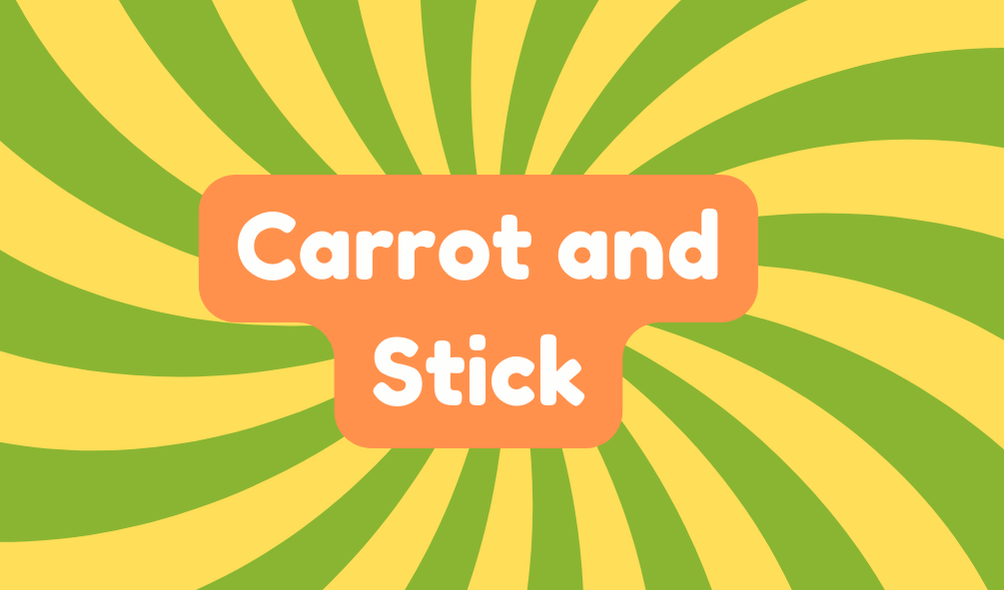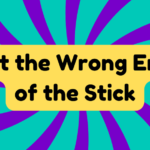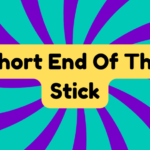The "carrot and stick" approach is a motivational strategy involving rewards for positive behavior and penalties for negative actions. Its origin is linked to donkey cart drivers who used a carrot to entice the animal and a stick to discipline it. While examples include bonuses in workplaces and fines for infractions in society, critics argue it may oversimplify human behavior and create fear. Understanding this method reveals deeper insights into its implications and effectiveness in motivating individuals.
Synonyms
The concept of "carrot and stick" often intersects with various synonyms that capture its essence of offering rewards for desirable behavior while imposing penalties for undesirable actions. These alternatives serve as effective motivational strategies and behavioral incentives, each with its own nuances.
- Reward-punishment system
- Incentive-based approach
- Positive-negative reinforcement
- Balance of rewards and penalties
Though widely used, these terms invite skepticism regarding their effectiveness. Many question whether such tactics can genuinely inspire lasting change or merely enforce compliance. Balancing encouragement with discipline requires insight, making thoughtful application essential to avoid diminishing motivation and engagement.
Example of Sentences
In various sectors, the application of the carrot and stick method often draws mixed reactions. This approach can yield both positive and negative outcomes depending on its context. For instance, in education, some schools utilize it effectively, while others argue it inspires anxiety or resentment. In politics, leaders may apply this method to garner public support, yet it risks alienating certain groups. Key examples include:
- Rewarding students for high grades
- Implementing fines for law violations
- Offering bonuses to employees for meeting targets
- Enforcing sanctions to negotiate international agreements
These diverse applications highlight the need for thoughtful implementation.
Origin
Originating from a rather uncertain background, the phrase "carrot and stick" captures a concept deeply ingrained in human behavior management. While not explicitly traceable to Aesop's fables or folk tales, its essence likely stems from the age-old practice of donkey cart drivers. Here, carrot symbolism serves as a metaphor for motivation, enticing the animal to perform. Conversely, stick enforcement represents the disciplinary aspect, ensuring compliance through deterrence. This duality reflects a fundamental principle in various contexts, emphasizing the delicate balance between reward and punishment. Despite its simplicity, the approach warrants critical examination for its ethical implications in modern applications.
Collocations
Collocations related to the phrase "carrot and stick" reveal how language reflects the underlying principles of reward and punishment in various contexts. This approach can often seem dated and simplistic, raising questions about its efficacy in modern practices. Common collocations underscore its relevance in performance incentives and behavioral modification, but they also invite skepticism regarding its effectiveness.
- carrot and stick approach
- carrot and stick policy
- carrot and stick methods
- carrot and stick incentives
These phrases illustrate a strategy that may require re-evaluation, particularly when more nuanced approaches could yield better results in motivating individuals and fostering positive behavior.
How to Use in Everyday Language
The phrase "carrot and stick" serves as a familiar metaphor in everyday conversations, symbolizing the balance between rewards and punishments. This approach is often proposed as a method for positive reinforcement and behavioral motivation in various settings, from workplaces to classrooms. However, reliance on this dual strategy can sometimes backfire. Critics argue that it oversimplifies complex human behavior and may lead to resentment rather than genuine motivation. Effective communication and understanding individual needs can often yield better results than merely dangling incentives or threats. Therefore, the phrase presents both a tool for management and a cautionary tale about motivation.
Why Is It Still Relevant Today?
In today's fast-paced world, the carrot and stick method remains a relevant strategy in various domains, including business, education, and politics. Its focus on behavior modification allows leaders to motivate employees or students through a blend of rewards and consequences. In modern management, this approach can enhance productivity, but it often faces criticism for potentially fostering a shallow commitment to goals. While the carrot can incentivize effort, the stick may breed fear, leading to an environment fraught with anxiety. For a truly innovative future, it may be necessary to evolve beyond this binary strategy to encourage intrinsic motivation and deeper engagement.







